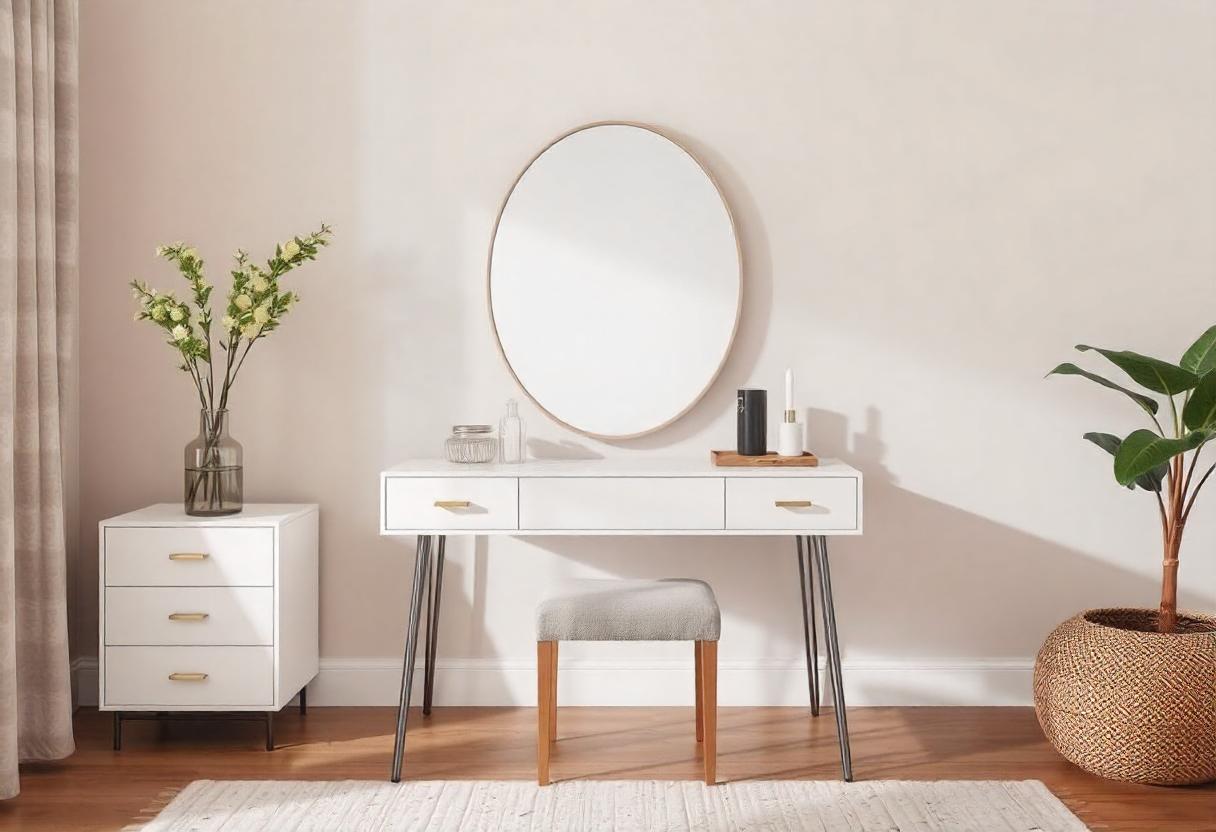Billiards has a long history from its inception in the 15th century in Northern Europe. The earliest references to the game in Europe occur in the 15th century. Neville Chamberlain, a lieutenant, wanted to modify certain things about the “black pool.” The game involves one black ball and 15 red ones. The game of English billiards is played on a relatively large table, usually 6 feet 1.5 inches by 12 feet (1.9 by 3.7 m); it is played with three balls as in carom-a plain white, a white with a spot, and a red. All billiards games require the basic equipment of a table, cue sticks, and balls. Some versions only allow players to place the ball behind the line on the table, often called the head line or baulk line. To know who will begin the match, you will have to string, which can either be based on an imaginary line (head string) or the number of wins (scoring string).
The foot spot is in the center of the foot string which is an imaginary line between the second set of diamonds on the far side of the table. Each of the back corners should have a solid and stripe in them, while the eight ball is in the center. The most popular version among recreational players is probably eight ball, in which one player attempts to sink all the striped balls followed by the 8 ball, while the other player attempts to sink all the solid balls and then the 8. The first to do so wins. It transfers some of its kinetic energy to the cue ball, which rolls forward. As long as a shot first contacts the lowest ball, any ball pocketed allows the player to continue shooting. A push shot is when the cue remains in contact with the ball longer than the brief moment needed to hit it. Not making a shot successfully allows another player to shoot. A player can only lose by scratching on the 8 Ball if they hit the cue ball in on the same turn. Scoring a carom also entitles the player to another shot, and his turn, or inning, continues until he misses, when it becomes his opponent’s turn.
The billiard balls, formerly made of ivory or Belgian clay, are now usually plastic; they each measure from about 21/4 to 23/8 inches (5.7 to 6 cm) in diameter, the larger balls being used in carom billiards. The cue is a tapered rod of polished wood or synthetic material, ranging in length from about 40 to 60 inches (100 to 150 cm). One of the white balls (plain or spot) serves as the cue ball for each player, the red ball and other white ball serving as his object balls. The game is played with three balls, two white and one red, with one of the white balls having a small red dot, or spot, to distinguish it. In play, the object is to stroke the cue ball so that it hits the two object balls in succession, scoring a carom, or billiard, which counts one point. A collision is a concept that describes what happens when two objects strike each other.

What happens if you scratch on the break? We highly recommend not scratching on the break if you can avoid it though, it is a considerable advantage to be the one to break. You can now play billiards in Mixed Reality on Meta Quest 3 with Miracle Pool. Mixed reality may still be in its infancy, but it is already delivering amazingly realistic applications. It may be inferred that it developed from a variety of games in which propelling a ball was a main feature. In a variety of the game called three-cushion billiards, the cue ball must also touch a cushion or cushions three or more times to complete a carom. Carom billiards is played on a table usually 5 by 10 feet (1.5 by 3 m) or 4.5 by 9 feet (1.4 by 2.7 m). Pocket billiards is usually played on a table 4.5 by 9 feet (1.4 by 2.7 m), although in special championships the table is sometimes 5 by 10 feet (1.5 by 3 m), and in some areas of North and South America the tables are as small as 3.5 by 7 feet (1.1 by 2.1 m).
If you cherished this article and you would like to get more info relating to what is billiards generously visit our own web site.


